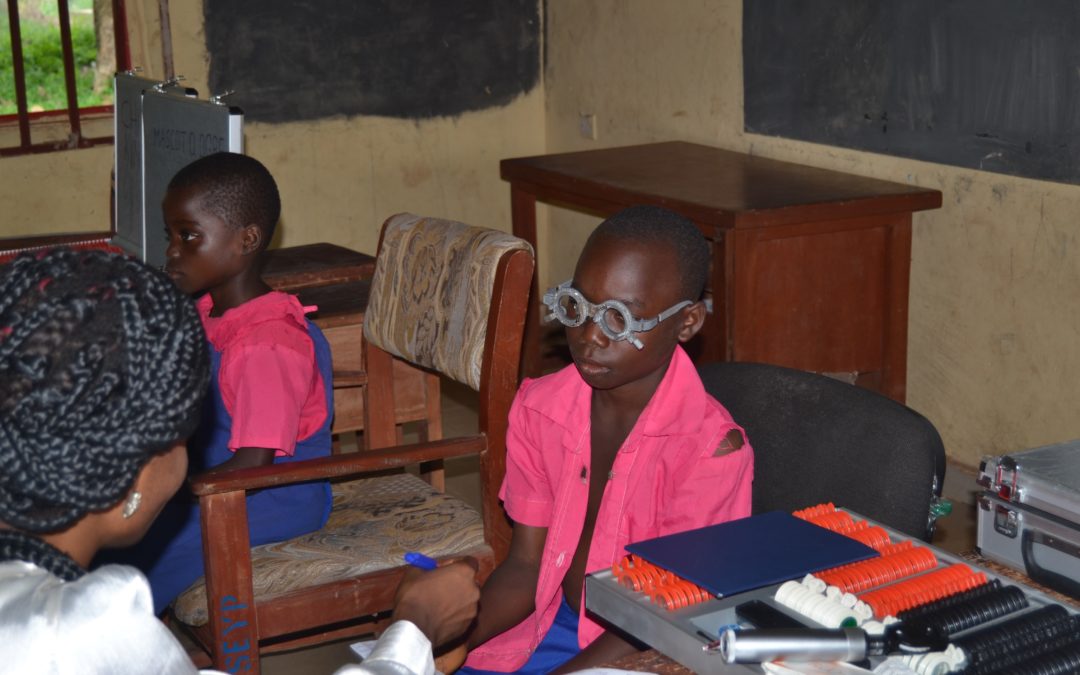About three quarters of the 1.4 million blind children in the world are in Africa and Asia. The Nigeria National Blindness and Visual Impairment Survey found the prevalence of blindness in children aged 10–15 years in Nigeria.
The causes of visual impairment in children vary from one region to the other. Lesions of the optic nerve and higher visual pathways are the most common causes in countries, whereas corneal scarring from measles, vitamin A deficiency, use of harmful traditional eye remedies, ophthalmia neonatorum, and rubella cataract are the common causes in developing (low-income) countries.
Blind children and young adults are faced with a lifetime of emotional, social and economic difficulties due to their disability; studies have shown that blind children have a higher death rate compared to their sighted counterparts.
One of our strategic objectives is reducing preventable blindness and enable vision through our signature project “vision for a brighter future”. Through this, we have supported comprehensive eye care services, equipments and medical supplies in underserved communities, one of which is Iguobazua community, Ovia South West LGA of Edo State.
Noroware Osula Health Foundation (NOHF), an implementing partner with the project aimed at reducing needless blindness and ensuring vision for a brighter future in Iguobazua community and screening children in primary and secondary schools.
Impaired vision has been identified as one of the factors leading to poor learning and poor academic performance of school children. In order to reduce this problem among schoolchildren in Edo State, NOHF carried out eye screening, treatment and referrals in Ozolua model primary school and Edo National College in Iguobazua community.
A total of 1972 pupils were screened from the primary and secondary school, 502 of them were given glasses to improve their vision and others given medication.
In order to ensure that eye problems do not continue to hinder pupils learning and performance, teachers from the primary and the secondary school were trained on easy identification of visual challenges in children and how to make appropriate referrals.

